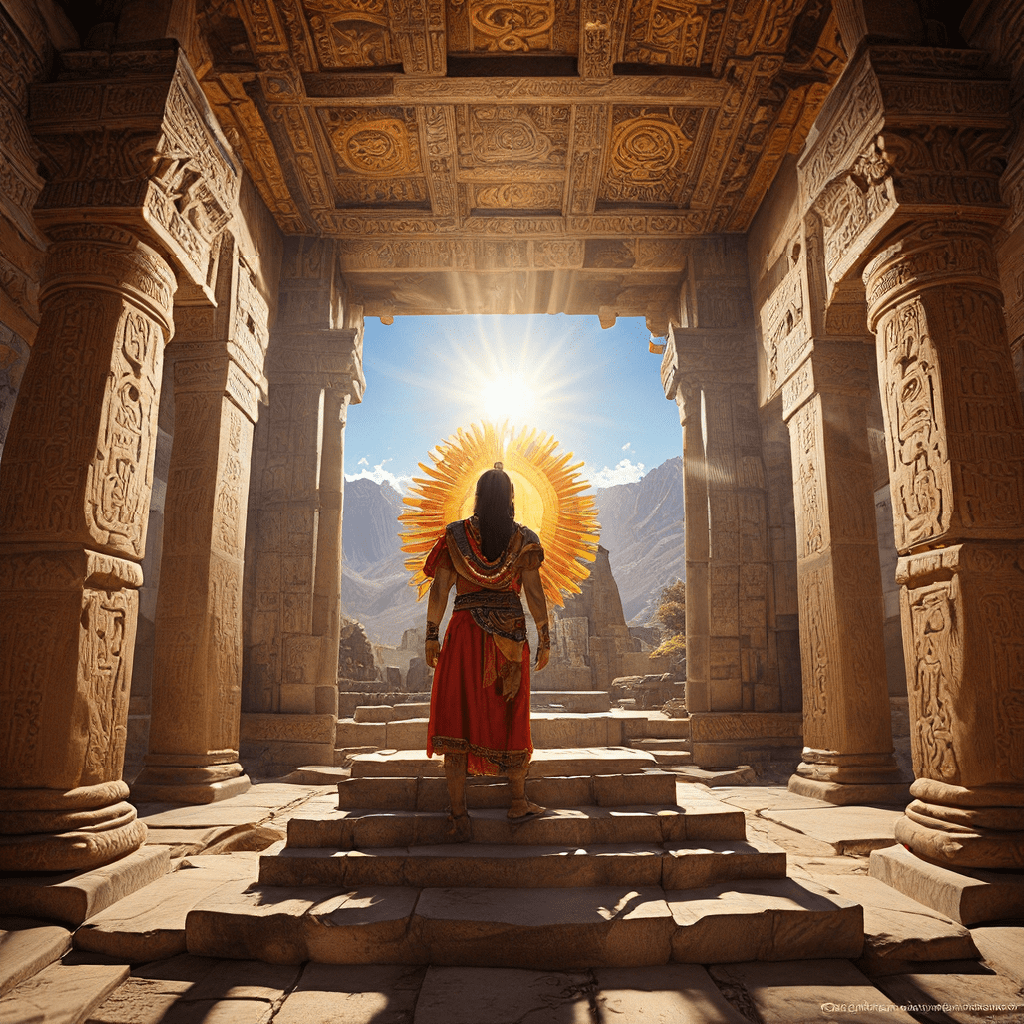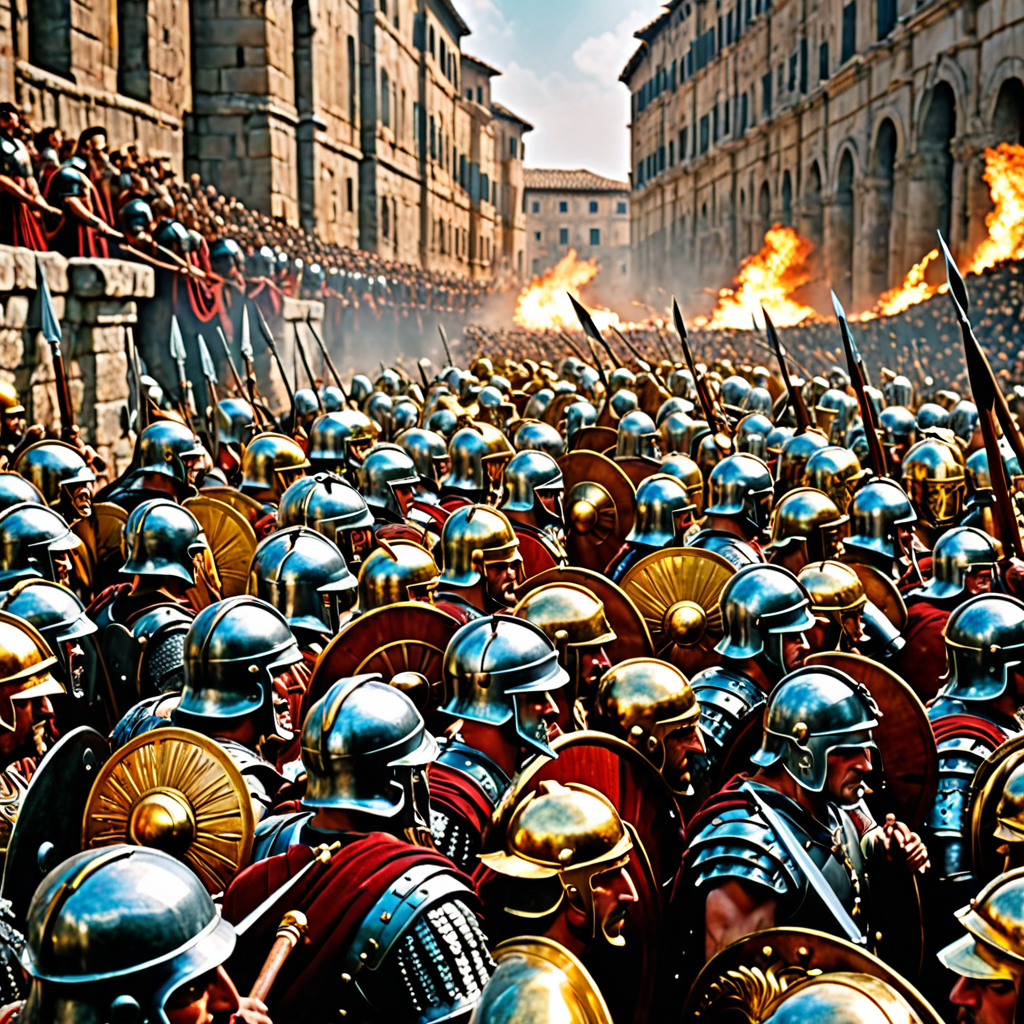The Deathless in Film: Adapting Koschei for the Modern Audience
I. Introduction
Koschei the Deathless is a prominent figure in Slavic folklore, often depicted as an immortal villain who seeks to capture the souls of the living. His character, shrouded in mystery and magic, embodies the complex themes of death and immortality that resonate through various cultures. As society evolves, so too does the need to adapt traditional folklore for contemporary audiences, allowing these ancient stories to retain relevance in modern narratives.
This article aims to explore the adaptation of Koschei in film, examining how filmmakers reinterpret this iconic figure to connect with today’s viewers.
II. The Mythical Origins of Koschei
Koschei has deep roots in Slavic mythology, often portrayed as a powerful sorcerer who cannot be killed by ordinary means. His character serves as a representation of the struggle against death, as he is known to have hidden his soul away, making him effectively immortal. This theme of immortality is not just a trait but a significant aspect of his character that raises questions about the nature of life and death.
- Historical Background: Koschei’s origins can be traced back to ancient Slavic traditions, where he was often depicted as a malevolent figure who kidnapped princesses and battled heroes.
- Key Characteristics: Koschei is characterized by his cunning nature, magical abilities, and a distinctive vulnerability — his soul, which is hidden in a needle, inside an egg, located in a remote place.
- Significance of Immortality: His immortality symbolizes the eternal struggle against fate and the human desire for power over life and death.
III. The Evolution of Koschei in Cinema
Over the years, Koschei has been portrayed in various films, each interpretation reflecting the cultural context and artistic vision of the filmmakers. Early representations of Koschei appeared in Soviet and Eastern European films, often adhering closely to traditional narratives.
- Early Portrayals: Films such as “Ilya Muromets” (1956) depicted Koschei as a fearsome antagonist, emphasizing his magical powers and immortality.
- Transition to Western Interpretations: As international cinema evolved, Western filmmakers began to reinterpret Koschei. For instance, in the animated film “The Princess and the Goblin” (1994), aspects of Koschei’s character were adapted into a more generalized evil sorcerer archetype.
- Notable Films: Recent films like “The Deathless Man” (2015) and “The Wolf and the Seven Young Kids” (2018) have introduced modern narratives that explore his character more deeply, linking him to themes of existential dread and the human condition.
IV. Themes of Death and Immortality in Modern Storytelling
The exploration of death and immortality is a prevalent theme in contemporary storytelling, reflecting society’s ongoing fascination with these concepts. Koschei’s character serves as a lens through which modern audiences can engage with these themes.
- Contemporary Narratives: Many films today tackle the implications of immortality, often questioning the value of life when one cannot die. Characters like Koschei provide a compelling backdrop for these explorations.
- Comparison with Other Characters: Koschei’s immortality can be compared to other deathless characters in film, such as Dracula or Wolverine, each offering unique perspectives on what it means to live forever.
- Engagement with Themes: Modern audiences resonate with the struggles of deathless characters, often reflecting on their own lives and the transient nature of existence.
V. Cultural Relevance and Symbolism
The significance of Koschei extends beyond mere entertainment; he embodies cultural narratives that reflect societal values and issues. His character can symbolize societal fears of death, the unknown, and the consequences of unchecked ambition.
- Cultural Context: In contemporary society, Koschei’s story can be reinterpreted to address issues such as environmental degradation, technological overreach, and the moral implications of seeking immortality.
- Reflecting Societal Issues: Adaptations of Koschei can highlight themes of power dynamics, exploitation, and the human cost of immortality.
- Fostering Cultural Identity: By keeping folklore alive in modern adaptations, filmmakers contribute to the preservation of cultural identity and heritage.
VI. Challenges in Adapting Koschei for the Screen
Adapting Koschei for the screen comes with its own set of challenges. Filmmakers must navigate the delicate balance between honoring traditional narratives and appealing to contemporary sensibilities.
- Balancing Tradition and Modernity: Maintaining the essence of Koschei while incorporating modern storytelling techniques can be difficult, as filmmakers may risk losing the character’s original depth.
- Cultural Misunderstandings: Western audiences may misinterpret Koschei’s significance, leading to oversimplified portrayals that do not capture the nuances of Slavic folklore.
- Risk of Oversimplification: There is a danger of reducing Koschei to a mere villain archetype, ignoring the profound themes associated with his character.
VII. Case Studies: Successful Adaptations of Koschei
Some films have successfully adapted Koschei, offering fresh perspectives while respecting the source material. Analyzing these adaptations reveals valuable insights into contemporary storytelling.
- Effective Adaptations: Films like “The Snow Queen” (2012) have skillfully integrated Koschei into the narrative, presenting him as a multifaceted character with motivations beyond mere villainy.
- Creative Choices: Directors have employed innovative visual storytelling techniques, such as animation and modern special effects, to bring Koschei’s magical abilities to life.
- Audience Reception: Positive audience responses highlight the effectiveness of these adaptations in resonating with viewers, demonstrating the potential for folklore to be revitalized in modern cinema.
VIII. Conclusion
In conclusion, adapting Koschei the Deathless for modern audiences is a significant endeavor that allows filmmakers to explore timeless themes of death and immortality. As society continues to grapple with these concepts, the portrayal of characters like Koschei can provide meaningful commentary on the human experience.
The future of folklore in film is bright, with endless possibilities for creative reinterpretation that can both educate and entertain. Ultimately, the enduring relevance of deathless characters like Koschei in storytelling underscores the universal quest for understanding life, death, and everything in between.



